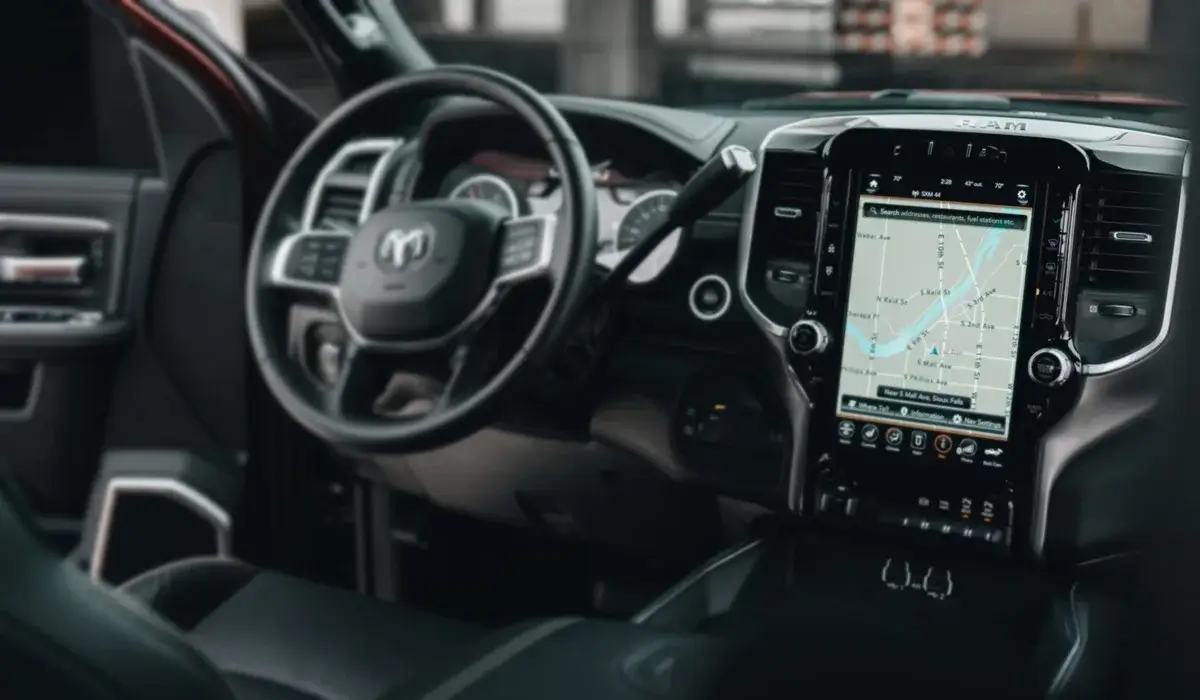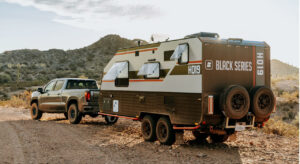Vulnerable road users are ever-present and increasingly at risk due to increased distractions for automobile users, such as smartphone use at the wheel and the need to arrive more rapidly at destinations. Cyclists, pedestrians, and motorcyclists are often difficult to see and may appear suddenly from unexpected places, such as between parked cars or when turning around corners.
Unfortunately, vulnerable road users are also equipped with much less protection than automobilists. They do not have airbag protection, seat belts, or the body of a car with a roll cage to offer them at least minimal protection.
They are exposed physically to the worst possible injuries imaginable, and accidents involving pedestrians are increasing, so there is a need to use technology to protect pedestrians as well. Drivers may not be able to see them in time to prevent accidents but alerting motorists to the presence of vulnerable road users can go a long way in offering a degree of added protection.
What can today’s technology offer us? Sensors and sensing systems are among future solutions for increased road safety. Researchers in Europe have created a new prototype of safety technology combining sensors, cameras, and communications in the form of tracking systems. Named the “Watch-Over” project, this system offers two different versions, a pre-crash alternative, and a highly effective communications technology system.
Suggestion: 9 Best Dash Cam With Night Vision for Cars in 2022 Review to Buy Online
What’s a Pre-Crash System?
The pre-crash system integrates a stereo camera methodology, which, while useful, has one major drawback: it will alert a driver just seconds before a probable impact. This means if the motorist is driving at a speed that does not allow sufficient time to avoid impact, it might, at best, permit some degree of braking.
The other limitation is that a sensor will “sense” near the equipped vehicle. But what about vulnerable road users that are on a collision course but too far away to be picked up by the sensor? This is the principal limitation of a pre-crash stereo camera function.
Communications Technologies for the Tracking of VRUs Out of a Sensor Range
A sensor installed on a vehicle will have a limited range of operation. So, what happens when a vulnerable road user is not close enough for sensors to perceive them? In this case, researchers relied on advanced communications systems when attempting to provide added protection to VRUs. Cyclists veering around a corner with an oncoming vehicle that is slightly outside of its lane is a formula for disaster.
This is where cooperative communications systems work together to prevent what would seemingly be inevitable. In the European project, vulnerable road users needed to wear or carry a device capable of transmitting.
Popular For You: 9 Best Cooling Car Seat Covers Review To Buy Online at Discounted Price
In fact, Watch-Over developed a device that was wearable for VRUs in the project. It was the reciprocal communication between the transmitting device and the automobile technology that alerted drivers to the presence, and potential danger, of a VRU in their immediate area.
The results of the European project were positive and promising. Watch-Over found that communications-based tracking technology worked well in the majority of situations encountered in an urban context.
Potential Development and Extended System Integration
For this system to function at a widespread level, the tracking technology would need to be included in existing devices like smartphones or integrated in some way into clothing, or perhaps in the case of cyclists or motorcyclists, in their bikes.
What is the future promise?
The actual project system is not ready for commercialization. It still has demonstrated limits in that the chip used in the project scanned distances adequately but was not fully accurate when calculating approach angles. It is also not standard for the Vehicle-2-vehicle (V2V) communications systems currently in use. This means that present-day communications systems, while they promise a safer future tomorrow, are among the principal constraining factors today.
The system, through accurate calculations, must distinguish whether a situation is safe or dangerous so that eventual false alarms are avoided such as a pedestrian who has no intention of crossing the street.
Problems Still to Resolve
Various aspects must be resolved to make wide use of this technology. One factor for extensive use will be the cost of the system, which will inevitably influence vehicle costs in a highly competitive auto market and probably auto insurance costs as well.
This can also make a big difference for companies that use vehicles and employee drivers for business purposes. Increased safety will certainly be an attractive feature for employers served by businesses’ insurers.
Another consideration will be, above all for pedestrians. While system components may be able to be integrated into motorcycles and bicycles, a pedestrian will need to carry the technology on their person. It will need to be dependable and portable, and it will require a power source. Smartphones are a logical choice.
There is also a consideration that has not been touched upon, and that is individual privacy. Will all vulnerable road users want to be tracked even for safety purposes?
Stay Safe on the Road
Regardless of what direction communications technologies will take in the service of road safety and in protecting vulnerable road users, the exciting aspect is that the possibilities for increased safety on the horizon are virtually limitless.






